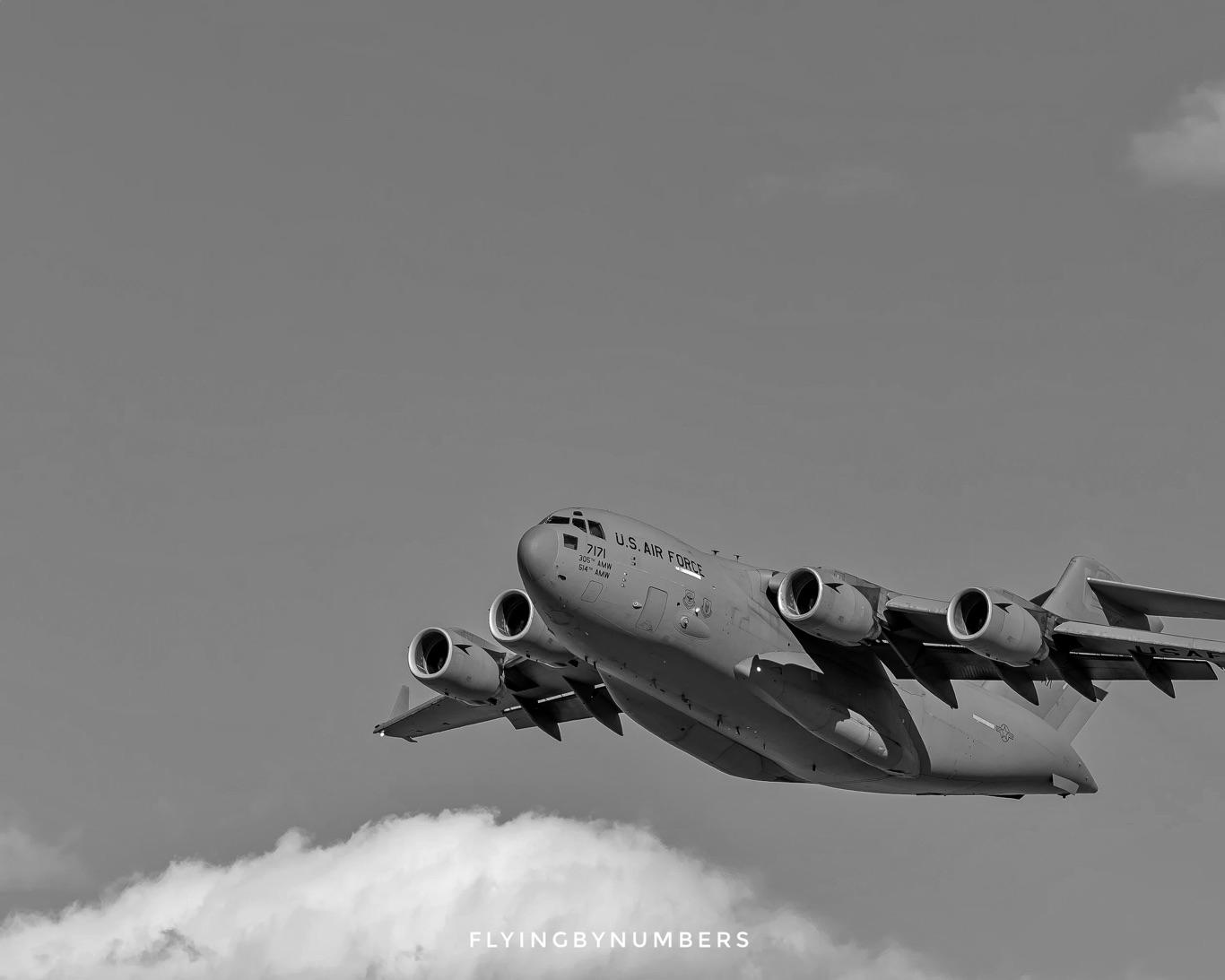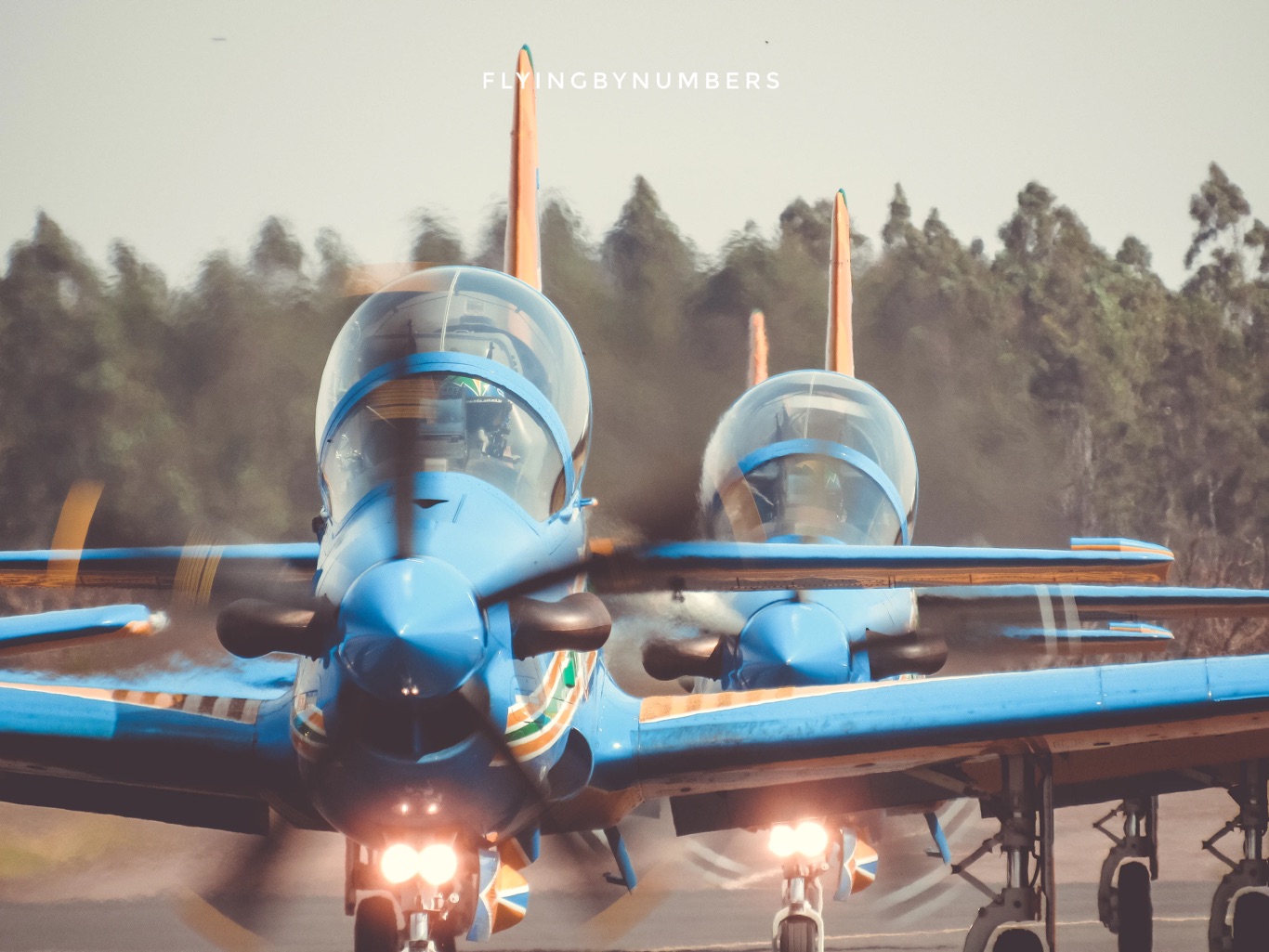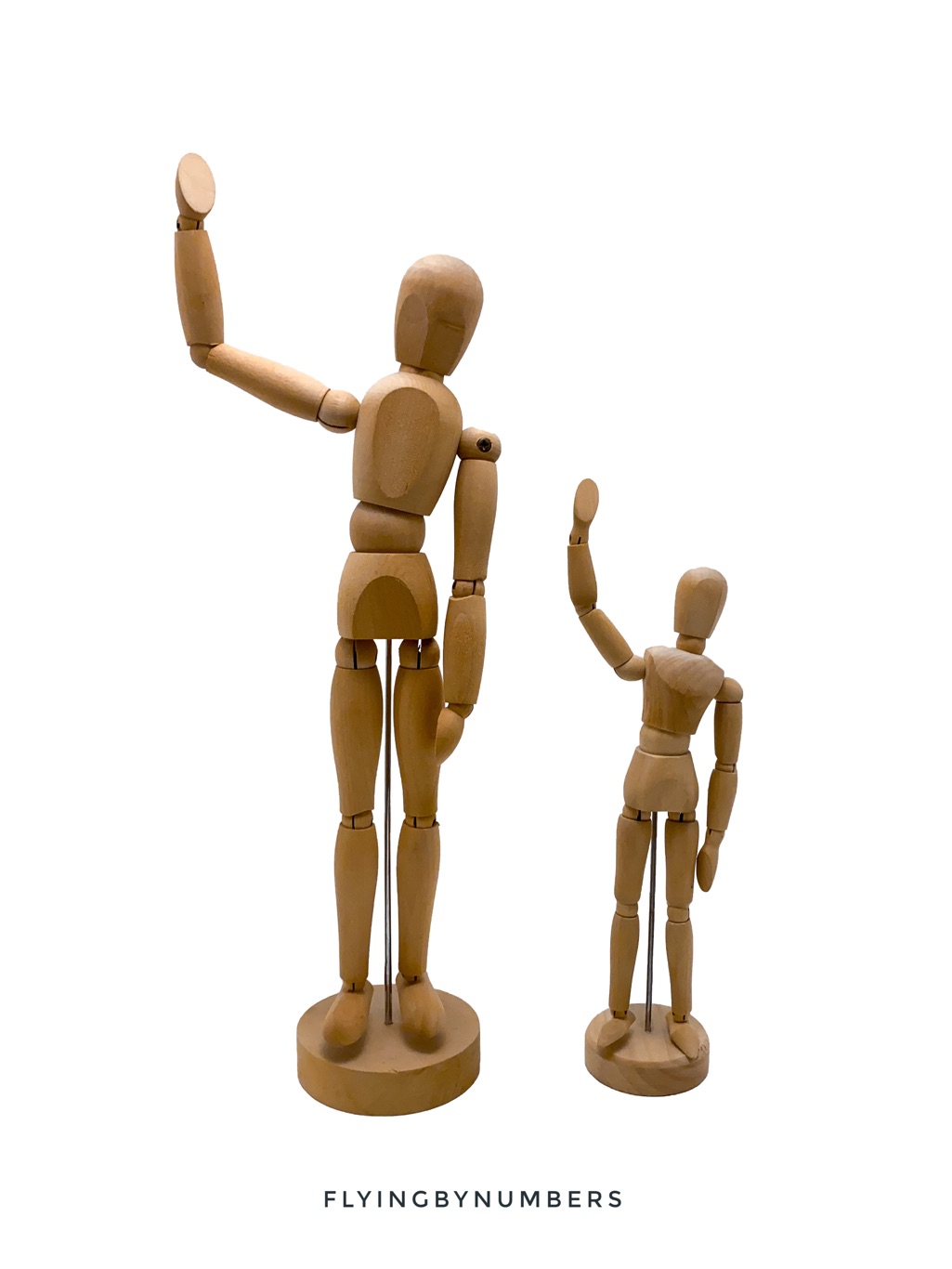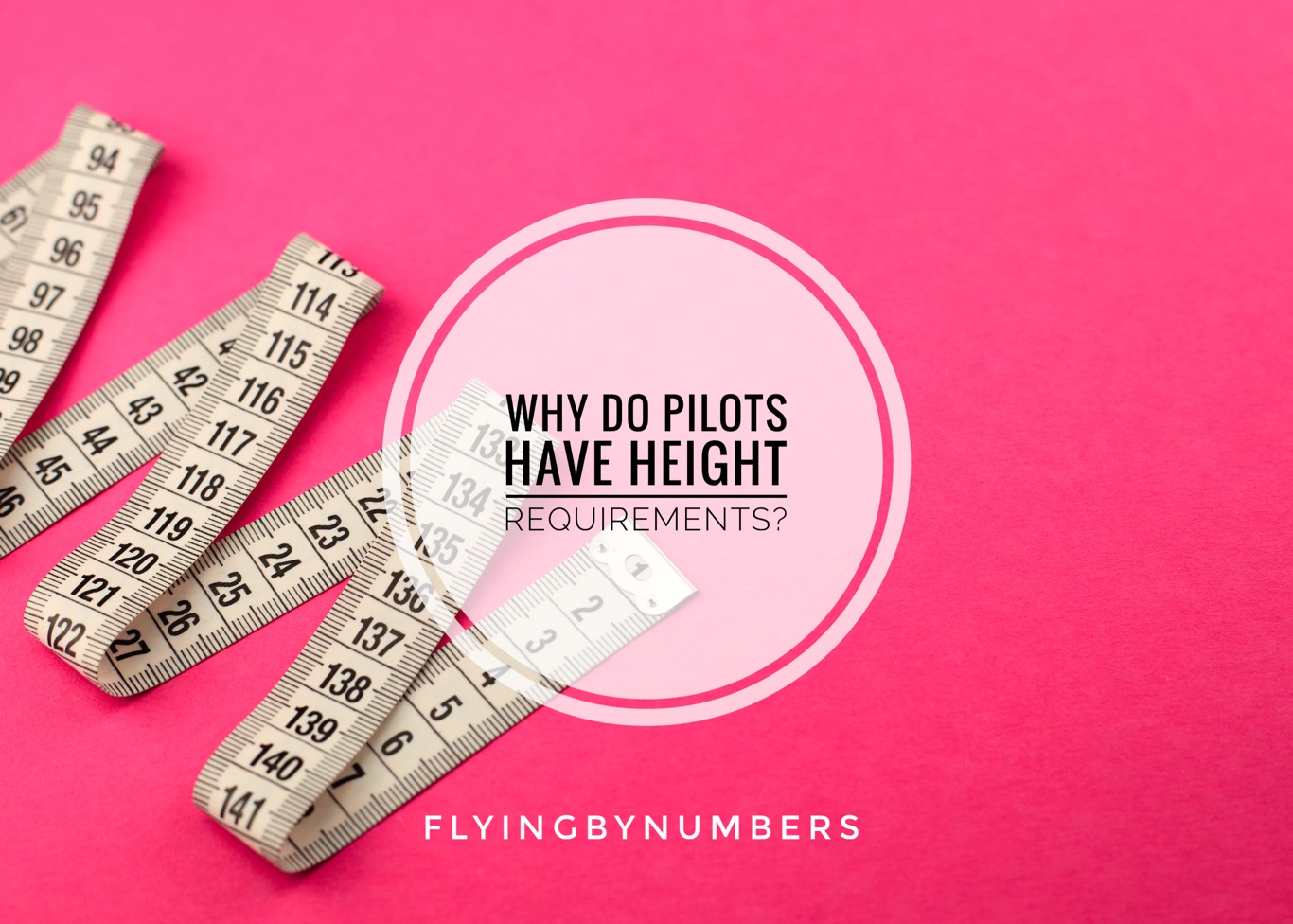Piloting an aircraft is a demanding job that requires a specific set of skills, training, and physical attributes. One aspect of these physical attributes that often raises questions is the height requirement.
Many aspiring pilots wonder if their height might prevent them from achieving their dreams. From the popularity of these Google searches, my personal conversations with aspiring aviators, and throughout pilot recruitment days, worries about height seem to crop up surprisingly regularly.
Firstly, there is some good news for aspiring commercial pilots. Unlike other attributes, such as colour blindness or certain mental health issues, height rarely prevents anybody from being a pilot.
So what’s the deal? This article will shed light on the height requirements in aviation for both UK and American readers, and will explain what, and why, height requirements exist.
In both the UK and the US, there isn’t a strict height “limit” to be a commercial pilot. There are certain height ranges that are recommended, but as long as pilots can pass a functional fit test in a cockpit mockup, heights outside these ranges are typically allowed.
I have personally flown with pilots as tall as 6’4”, and as short as 5’0” and I’m sure there are commercial pilots who fall further outside these ranges.

Pilot Height Requirements: Military Vs Commercial
Part of the reason aspiring airline pilots don’t have too much to worry about is aircraft design specifications, applicable to commercial aircraft:
A pilot who is between 5ft 2 in (1.57 m) to 6ft 3 in (1.91m) tall shall have easy access to all the aircraft’s controls in the cockpit
EASA CS-25
As a highly regulated industry, both EASA and the FAA (where the two dominant commercial aircraft manufacturers Airbus and Boeing are located) mandate that aircraft cockpits should accommodate the majority of the population.
With wide fuselages to accommodate passengers and freight, alongside sedate aircraft performance (no ejector seats or aircraft parachutes required here!) commercial aircraft cockpits have space to accommodate pilots of all sizes. Correct seating positions to ensure datum eye reference points — something we will discuss later in the article — are achieved via adjustable rudder pedals, armrests and 3-axis moving seats.
In contrast, Military pilots often have a narrower height range, although waivers are still possible. For example, the U.S. Air Force, has more stringent minimum height requirements for some of its pilots, generally requiring a minimum height of 5’4″ (1.63 m), but permits larger heights up to 6’5″ (1.96 m).
Why the difference? Well, military aircraft are designed around combat capabilities and expected mission profiles — commercial design specifications do not apply. With a considerable variation in aircraft performance, capabilities, and cockpit sizes, height requirements can differ significantly by aircraft type.
This means that some aircraft may rule out pilots that fall out of a typical height range, but other military aircraft will be fine. So for aspiring military aviators — extra short or extra tall — don’t worry, most airforces will be able to find an aircraft type that can accommodate!
For pilot and aircrew positions, height specifications vary by aircraft, and most applicants can successfully pursue a career in aviation with the U.S. Air Force. Applicants who are significantly taller or shorter than average may require special screening to ensure they can safely perform operational duties. Applicants of all heights are encouraged to apply.
US Airforce
Why Are There Height Requirements to Be a Pilot?
Height requirements for both military and commercial pilots are in place primarily for safety reasons. Here’s why:
Cockpit Ergonomics


Ejection Seats
G-Force Tolerance And Confined Cockpits
Conclusion
While height is one of many factors in becoming a pilot, there is a very lenient stance on height for most pilots.
In the realm of commercial aviation, the design of modern cockpits and adjustable equipment caters to a broader range of pilot heights. This ensures that height rarely becomes a barrier to entry.
For aspiring military pilot’s, height is more of a concern on certain aircraft types, primarily due to the safety considerations associated with ejector seats.

Finally, while height shouldn’t be a barrier to entry, it’s always a good practice for potential pilots to consult relevant aviation schools or agencies to get a clear understanding of the specific requirements before applying.





